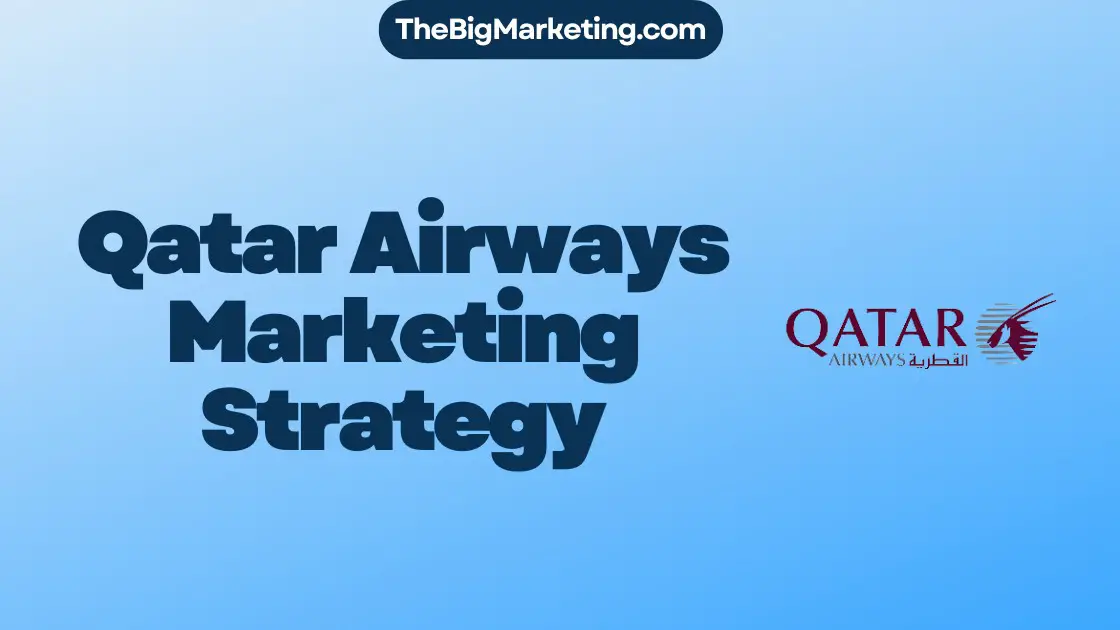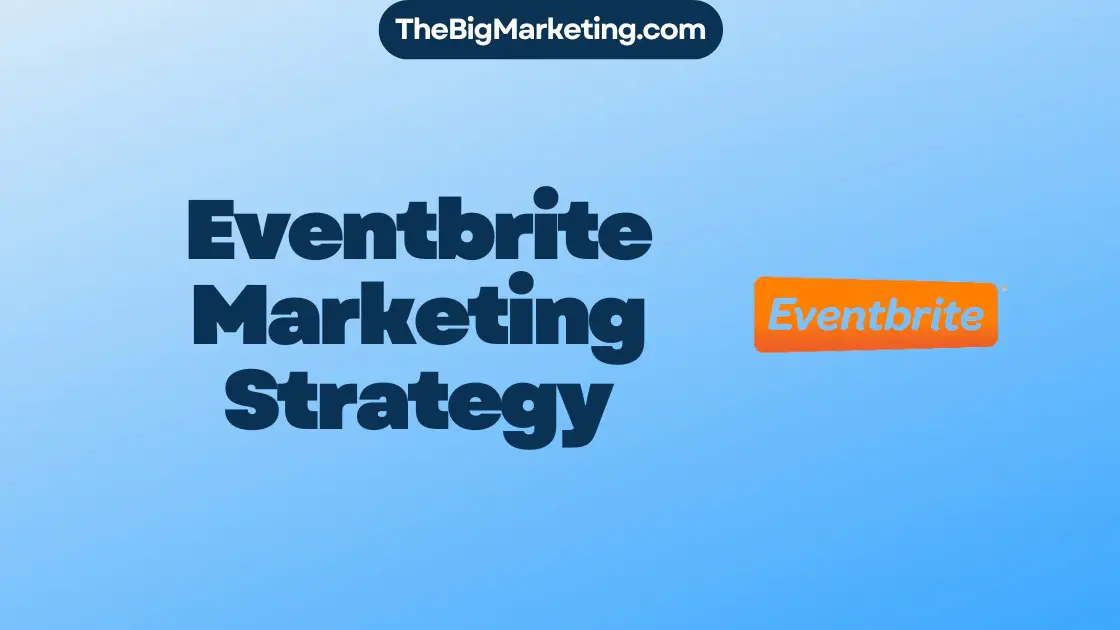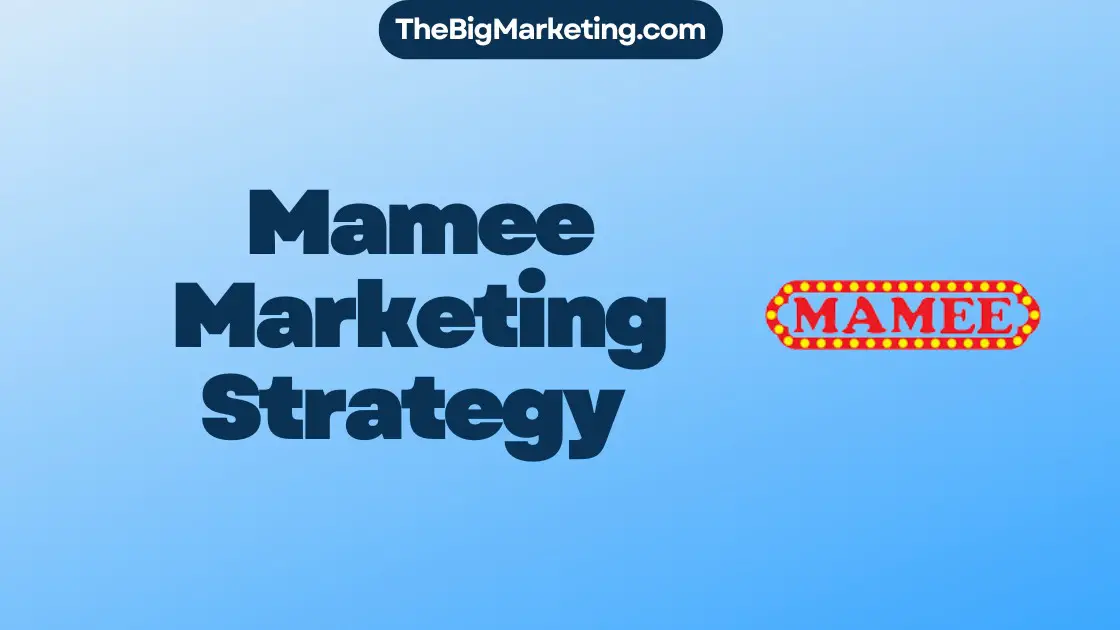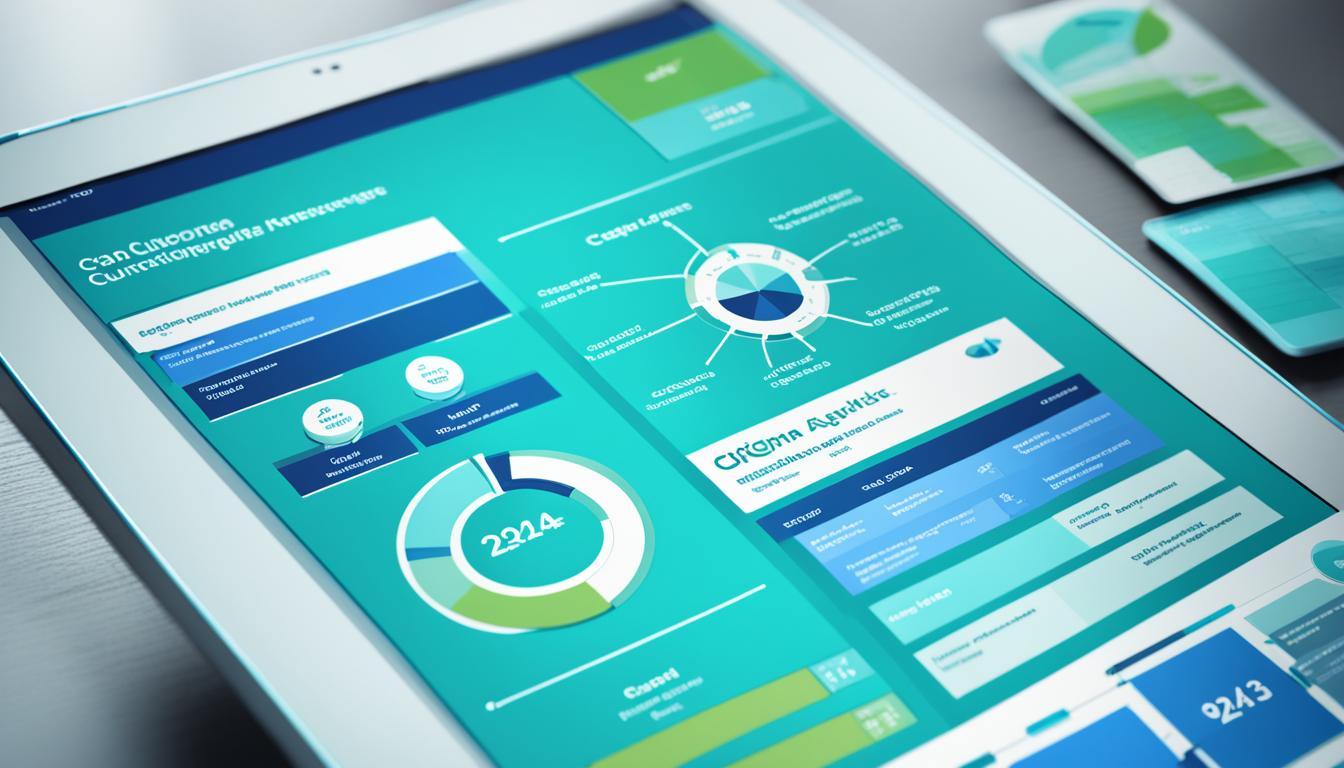Donation marketing is a crucial aspect for nonprofit organizations to raise awareness, attract donors, and inspire volunteer recruitment. In this complete guide, we will explore various strategies and tactics to elevate your nonprofit’s impact in 2024. From leveraging digital donations and social media campaigns to implementing effective email marketing and crowdfunding strategies, we will cover all the key elements required to develop a successful donation marketing strategy.
Nonprofits rely on fundraising efforts to support their cause and make a difference in the world. With a well-executed donation marketing strategy, nonprofit organizations can effectively reach their target audience, engage supporters, and generate the necessary funds to further their mission.
Throughout this guide, we will delve into the intricacies of donor acquisition and retention, cause marketing, digital donations, social media campaigns, email marketing for nonprofits, crowdfunding strategies, and philanthropic branding. By implementing these tactics, your organization can expand its reach and drive meaningful impact in the coming year.
Whether you are an established nonprofit seeking to enhance your fundraising efforts or a newly-formed organization aiming to make an impact, this guide will provide you with the knowledge and tools necessary to develop and execute an effective donation marketing strategy in 2024.
Key Takeaways:
- A well-crafted donation marketing strategy is essential for nonprofit organizations to raise awareness and attract donors.
- Utilizing digital donations, social media campaigns, email marketing, and crowdfunding strategies can significantly amplify your nonprofit’s impact.
- Donor acquisition and retention, cause marketing, and philanthropic branding play a vital role in building and expanding your nonprofit’s presence.
- By leveraging these strategies and tactics, nonprofits can drive meaningful engagement and increase their fundraising efforts.
- Developing a comprehensive donation marketing strategy is crucial for nonprofits to achieve their mission and make a significant difference in the world.
The Importance of Nonprofit Marketing
Nonprofit organizations play a vital role in addressing social issues, providing services, and making a positive impact in our communities. However, without effective marketing strategies, many nonprofits struggle to raise awareness, attract funds, and engage volunteers and supporters. This is where nonprofit marketing comes in.
Nonprofit marketing encompasses various activities and techniques aimed at promoting the organization’s cause, building brand awareness, fundraising, driving donor memberships and recurring donations, recruiting volunteers, and promoting the nonprofit’s services. By investing in a comprehensive marketing strategy, nonprofits can amplify their impact and achieve their mission more effectively.
One of the key benefits of nonprofit marketing is its ability to raise brand awareness. By effectively communicating the organization’s mission, values, and impact, nonprofits can build recognition and trust within their target audience. This heightened brand awareness not only attracts potential donors but also positions the organization as a reputable and reliable entity for potential partners, volunteers, and supporters.
Fundraising is also a critical aspect of nonprofit marketing. Effective fundraising campaigns and strategies allow nonprofits to generate the necessary funds to support their programs, initiatives, and services. By leveraging various marketing channels and techniques, nonprofits can reach a wider audience, inspire generosity, and secure donations that are essential for their sustainability and growth.
Moreover, nonprofit marketing plays a significant role in driving donor memberships and recurring donations. By actively engaging with donors and communicating the impact of their contributions, nonprofits can foster long-term relationships and encourage recurring support. These consistent donations provide a stable financial base and enable nonprofits to plan and implement their projects with confidence.
Volunteer recruitment is another critical benefit of nonprofit marketing. Nonprofits heavily rely on volunteers to support their operations, programs, and events. Effective marketing strategies can attract individuals who are passionate about the cause and willing to offer their time and skills. By showcasing the impact volunteering can make and the rewarding experiences it offers, nonprofits can inspire individuals to get involved and contribute to their mission.
Lastly, nonprofit marketing serves as a powerful tool for promoting the organization’s services. Many nonprofits provide valuable services to individuals, families, or communities in need. Through strategic marketing efforts, nonprofits can reach the target audience that can benefit from their services and encourage them to access the support and assistance they require.
Overall, nonprofit marketing is essential for organizations aiming to create positive change in society. By investing in marketing strategies, nonprofits can build brand awareness, raise funds, drive donor memberships and recurring donations, recruit volunteers, and promote their services. With a thoughtful and comprehensive approach to marketing, nonprofits can connect with their target audience, inspire action, and ultimately make a substantial impact in the communities they serve.
When effectively executed, nonprofit marketing strategies not only benefit the organization but also contribute to solving social issues and creating a better world for all.
| Benefits of Nonprofit Marketing |
|---|
| Builds brand awareness |
| Raises funds |
| Drives donor memberships and recurring donations |
| Recruits volunteers |
| Promotes nonprofit services |
Building a Nonprofit Marketing Plan
A nonprofit marketing plan is a vital tool for organizations to effectively implement their marketing strategy and achieve specific goals. By developing a comprehensive plan, nonprofits can align their efforts, engage their target audience, and maximize their impact. To create a successful nonprofit marketing plan, consider the following key elements:
1. Marketing SMART Goals
Start by defining your marketing goals using the SMART framework. These goals should be Specific, Measurable, Achievable, Relevant, and Time-bound. For instance, a SMART goal could be to increase online donations by 20% within the next six months.
2. Identifying the Target Audience
Understanding your target audience is crucial for crafting personalized marketing messages and strategies. Conduct market research, analyze demographics, and create buyer personas to identify the characteristics and needs of your ideal supporters.
3. Developing a Mission Statement
A clear and compelling mission statement serves as the foundation of your nonprofit’s marketing plan. It communicates your organization’s purpose, values, and unique selling proposition. Your mission statement should resonate with your target audience and align with your overarching goals.
4. Outlining Stakeholders’ Roles
Identify the key stakeholders who will contribute to the execution of your marketing plan. This may include staff members, volunteers, board members, and external partners. Clearly define their roles and responsibilities to ensure everyone is working towards the same objectives.
5. Utilizing a Nonprofit Marketing Plan Template
A marketing plan template provides a structured framework for organizing your strategies and tactics. It ensures that all essential components are included, such as budget allocation, timeline, and metrics for tracking progress. Use a customizable nonprofit marketing plan template to streamline the planning process.
By incorporating these elements into your nonprofit marketing plan, you can create a roadmap for success. Remember to regularly review and update your plan to adapt to evolving trends and challenges.
Defining Marketing Goals for Nonprofits
Setting clear marketing goals is crucial for nonprofit organizations to measure their success and track progress. By establishing measurable, specific, achievable, relevant, and timely (SMART) goals, nonprofits can effectively evaluate their marketing performance and make informed decisions. These goals allow nonprofits to focus their efforts on key areas such as donor outreach and volunteer engagement, while also enhancing brand awareness and boosting fundraising efforts.
Why Nonprofit Marketing Goals Matter
Nonprofit marketing goals provide a roadmap for success by outlining specific objectives that align with the organization’s mission. By defining these goals, nonprofits can:
- Measure Success: Marketing goals serve as benchmarks to assess the impact of various strategies and initiatives.
- Track Progress: Clear goals enable nonprofits to monitor their performance over time and make adjustments as needed.
- Focus Efforts: By identifying specific areas of focus, such as donor outreach and volunteer engagement, nonprofits can direct their resources more effectively.
- Guide Decision-Making: Well-defined goals help inform important decisions about marketing strategies and resource allocation.
Examples of Nonprofit Marketing Goals
When setting marketing goals, nonprofits should align them with their overarching mission and objectives. Here are some common examples of nonprofit marketing goals:
- Expand Donor Outreach: Increase the number of donors and supporters by implementing targeted marketing campaigns and strategies.
- Increase Volunteer Engagement: Enhance volunteer recruitment and retention through engaging marketing initiatives and community outreach.
- Improve Brand Awareness: Enhance visibility and recognition by developing impactful branding strategies and increasing media presence.
- Boost Fundraising Efforts: Increase donations and revenue by implementing effective fundraising campaigns and leveraging various channels.
Measuring and Evaluating Goals
Once marketing goals are defined, it is essential for nonprofits to establish key performance indicators (KPIs) to measure progress. These KPIs can include metrics such as:
- Donor Acquisition and Conversion Rates
- Volunteer Engagement and Retention Rates
- Website Traffic and Social Media Engagement
- Brand Awareness and Recognition
- Fundraising Revenue and Donor Lifetime Value
By regularly tracking and evaluating these metrics, nonprofits can gain valuable insights into their marketing performance and make data-driven decisions to optimize their strategies.
To illustrate the importance of measuring nonprofit marketing goals, take a look at the example table below:
| Marketing Goal | KPI | Baseline | Target | Progress |
|---|---|---|---|---|
| Expand Donor Outreach | Donor Acquisition Rate | 2% per quarter | 5% per quarter | Q1: 3%, Q2: 4%, Q3: 6% |
| Increase Volunteer Engagement | Volunteer Retention Rate | 50% annually | 60% annually | 55% for the year |
| Improve Brand Awareness | Website Traffic | 1,000 monthly visitors | 2,000 monthly visitors | Q1: 1,200, Q2: 1,800, Q3: 2,500 |
| Boost Fundraising Efforts | Donation Revenue | $10,000 monthly | $15,000 monthly | Q1: $13,500, Q2: $14,800, Q3: $16,200 |
By regularly updating and analyzing this type of table, nonprofits can evaluate their progress towards each marketing goal and determine where adjustments in their strategy may be necessary.
Defining marketing goals for nonprofits is a critical step towards achieving organizational success. By setting SMART goals, tracking progress with relevant KPIs, and making data-driven decisions, nonprofits can continuously improve their marketing efforts to expand donor outreach, increase volunteer engagement, and achieve maximum impact.
Understanding the Target Audience
Nonprofits strive to engage multiple audiences, including donors, volunteers, and constituents, to support their cause and mission. However, effective communication and engagement can only be achieved by truly understanding the target audience.
One crucial aspect of understanding the target audience is audience segmentation, which involves dividing the larger audience into smaller, more specific groups based on demographics, interests, and behaviors. By segmenting the audience, nonprofits can tailor their marketing efforts to resonate with each group more effectively.
Creating donor profiles and volunteer profiles is an essential part of understanding the target audience. Donor profiles help nonprofits gain insights into the motivations, interests, and preferences of their donors, while volunteer profiles provide valuable information about the skills, availability, and preferences of potential volunteers.
Donor Profiles
Donor profiles delve into the demographic information, giving history, and philanthropic interests of individual donors. By analyzing donor profiles, nonprofits can identify patterns and trends that can inform their marketing strategies. For example, if a significant portion of donors are interested in environmental causes, the nonprofit can tailor their messaging and campaigns to highlight their environmental impact.
Volunteer Profiles
Volunteer profiles help nonprofits understand the skills, availability, and motivations of potential volunteers. By creating volunteer profiles, nonprofits can identify opportunities for engagement that match the interests and capabilities of volunteers. For instance, if a volunteer has expertise in graphic design, the nonprofit can involve them in creating visually appealing marketing materials.
Understanding the target audience goes beyond basic demographics and interests. It also involves analyzing the needs, preferences, and behaviors of the audience. By conducting surveys, interviews, or focus groups, nonprofits can gather valuable data and insights to refine their marketing approaches.
Integrating keywords such as target audience, audience segmentation, donor profiles, and volunteer profiles throughout this section enhances the SEO relevance of the text while providing informative content on understanding the target audience for nonprofits.
Crafting Compelling Key Messages
In order to effectively convey your nonprofit’s mission and inspire action, it is crucial to develop compelling key messages. These messages serve as the foundation for your organization’s communication with supporters, donors, and volunteers. By crafting key messages that align with your nonprofit mission, provide clear instructions, and include a compelling call-to-action, you can foster a deeper connection with your audience and drive meaningful engagement.
Key messages should be tailored to resonate with specific audience segments. Take the time to understand the needs, preferences, and motivations of your target audience, and craft messages that speak directly to them. By personalizing your key messages, you can demonstrate that your nonprofit understands and appreciates the unique perspectives and values of your supporters.
When crafting your key messages, ensure that they clearly communicate your organization’s mission. Use concise language to explain the impact you are making and why your cause is important. By stating your mission clearly and succinctly, you can make a lasting impression on your audience and compel them to take action.
Providing clear instructions is also crucial in your key messages. Clearly communicate what actions you would like your audience to take, whether it’s donating, volunteering, or spreading the word about your cause. By providing step-by-step instructions, you make it easy for your audience to get involved and support your mission.
Finally, include a strong call-to-action in your key messages. A call-to-action prompts your audience to take immediate action and gives them a clear next step. Whether it’s clicking a donate button, signing up for a newsletter, or sharing your message on social media, a compelling call-to-action can significantly increase engagement and support for your nonprofit.
Remember, crafting compelling key messages is an ongoing process. Continuously evaluate and refine your messages based on feedback and results. By consistently improving your key messages and adapting them to the unique needs of your audience, you can create a strong and persuasive communication strategy that drives your nonprofit’s success.
| Key Messages | Nonprofit Mission | Clear Instructions | Call-to-Action |
|---|---|---|---|
| Clearly communicate your organization’s mission | Align your messages with your nonprofit mission | Provide step-by-step instructions for action | Include a strong and compelling call-to-action |
| Personalize key messages to resonate with your audience | Understand the needs and values of your supporters | Make it easy for your audience to get involved | Prompt immediate and specific actions |
| Continuously evaluate and refine your messages | Craft messages that make a lasting impression | Adapt your instructions based on feedback | Drive engagement and support through strong calls-to-action |
Leveraging Marketing Channels for Nonprofits
Nonprofits can utilize a variety of marketing channels to maximize their reach and engage their target audience effectively. By leveraging these channels strategically, nonprofit organizations can enhance their brand visibility, drive meaningful interactions, and achieve their mission more successfully.
1. SEO for Website Optimization
Implementing search engine optimization (SEO) techniques is crucial for nonprofits to improve their website’s visibility and organic ranking in search engine results. By optimizing website content, keywords, and meta tags, nonprofits can attract more organic traffic and increase their chances of being seen by potential supporters.
2. Social Media Marketing
Social media platforms offer a powerful way for nonprofits to connect with their audience, share their mission, and inspire action. By creating compelling and shareable content, utilizing hashtags relevant to their cause, and engaging with followers, nonprofits can build a strong online community, raise awareness, and drive support.
3. Email Marketing
Email marketing remains one of the most effective channels for nonprofits to communicate with their donors, volunteers, and supporters. By leveraging email campaigns, nonprofits can share updates, impact stories, fundraising appeals, and event invitations directly with their audience, fostering a sense of belonging and engagement.
4. Website Content Creation
A well-designed and informative website is essential for nonprofits to establish credibility, provide information to potential supporters, and encourage donations. By creating compelling website content, such as impactful stories, clear calls-to-action, and donor testimonials, nonprofits can effectively convey their mission, evoke emotions, and inspire action.
5. Video Marketing
Video content has become a powerful tool for nonprofits to engage their audience and tell their stories visually. By creating compelling videos that showcase the organization’s impact, highlight success stories, and demonstrate the importance of their cause, nonprofits can inspire viewers to take action and support their mission.
6. Podcasts
Podcasts offer nonprofits an engaging and convenient way to share stories, interviews, and insights related to their cause. By hosting podcasts or participating as guests on relevant shows, nonprofits can reach a broader audience, establish thought leadership, and foster meaningful connections with supporters.
7. Event Marketing
Hosting or participating in events allows nonprofits to create memorable experiences, connect with their target audience in person, and generate support for their cause. Whether it’s organizing fundraising galas, charity runs, or community outreach events, nonprofits can leverage events as a powerful marketing channel to engage supporters and cultivate relationships.
To illustrate the effectiveness of leveraging various marketing channels, consider the following table showcasing the potential benefits and unique advantages of each channel:
| Marketing Channel | Potential Benefits | Unique Advantages |
|---|---|---|
| SEO for Website Optimization | Increased organic visibility and website traffic | Long-term results, targeted audience reach |
| Social Media Marketing | Expanded brand reach and community engagement | Real-time interaction, viral potential |
| Email Marketing | Direct communication with donors and supporters | Personalization, donor nurturing |
| Website Content Creation | Enhanced credibility and information dissemination | Customization, storytelling |
| Video Marketing | Engaging storytelling and emotional connection | Visual impact, shareability |
| Podcasts | Broadened audience reach and thought leadership | Convenience, intimate storytelling |
| Event Marketing | Meaningful connections and community involvement | Memorable experiences, in-person interaction |
By adopting a comprehensive approach to leveraging these marketing channels, nonprofits can increase their brand visibility, engage their target audience, and inspire meaningful support for their cause.
Creative Content Ideas for Nonprofit Marketing
Nonprofit organizations have a unique opportunity to engage their audience and promote their cause through creative content ideas. By crafting compelling and informative content, nonprofits can captivate their supporters, build brand awareness, and inspire action. Here are some content ideas to enhance your nonprofit marketing strategy:
1. Storytelling
Storytelling is a powerful tool that allows nonprofits to share the impact of their work and connect with their audience on an emotional level. By crafting compelling narratives, nonprofits can humanize their cause and inspire empathy, making it easier for supporters to understand why their contribution matters.
2. Brand Awareness
Building brand awareness is essential for nonprofits to establish credibility and stand out in a crowded digital landscape. Content marketing strategies such as blog posts, social media campaigns, and guest articles can help create a strong brand identity by highlighting the organization’s mission, values, and impact.
3. Impact Stories
Sharing impact stories allows nonprofits to showcase the positive change they have made in their community. By featuring real-life examples of how their work has made a difference, nonprofits can engage their audience, build trust, and inspire others to get involved.
4. Infographics
Infographics are visually appealing and informative ways to present complex data and statistics. By presenting information in a visually engaging format, nonprofits can effectively communicate their impact, raise awareness, and educate their audience.
5. Testimonials
Testimonials from volunteers, donors, and beneficiaries can be a powerful way to showcase the impact of a nonprofit. By sharing personal stories and experiences, nonprofits can demonstrate the value of their work and inspire others to contribute and support their cause.
6. Educational Content
Producing educational content allows nonprofits to position themselves as experts in their field. By sharing valuable insights, tips, and resources, nonprofits can provide value to their audience and establish themselves as go-to sources for relevant information.
To maximize the impact of these content ideas, nonprofits should tailor their messaging to their target audience and distribute their content through various channels, including their website, social media platforms, email newsletters, and partnerships with other organizations. By consistently creating compelling and informative content, nonprofits can nurture their audience, drive engagement, and make a lasting impact.
Maximizing the Impact of Digital Marketing for Nonprofits
Digital marketing has revolutionized the way nonprofits engage with their audience and drive their mission forward. With its vast array of channels and strategies, digital marketing offers nonprofits unparalleled opportunities to boost their visibility, expand their donor base, and establish themselves as authorities in their respective fields. In this section, we will explore the key elements of digital marketing for nonprofits and how it can be harnessed to maximize impact.
Increased Visibility
One of the primary benefits of digital marketing for nonprofits is its ability to increase visibility. By utilizing search engine optimization (SEO) techniques, nonprofits can improve their website’s ranking in search engine results pages, making it easier for potential supporters to discover their cause. Additionally, social media platforms provide a powerful avenue for nonprofits to reach a broader audience and spread their message. Through strategic content creation and targeted advertising, nonprofits can enhance their brand visibility and attract new donors and volunteers.
Engagement
Digital marketing allows nonprofits to engage with their audience on a deeper level. By leveraging social media, nonprofits can foster meaningful connections with supporters, respond to inquiries, and provide real-time updates on their initiatives. Email marketing is another valuable tool for nurturing relationships with donors, sending personalized messages, and showcasing the impact of their contributions. By engaging with their audience online, nonprofits can cultivate a community of dedicated supporters who are more likely to contribute and advocate for their cause.
Donor Base Expansion
Digital marketing provides nonprofits with the means to expand their donor base and attract new supporters. Through targeted advertising and audience segmentation, nonprofits can identify individuals who are likely to resonate with their cause and tailor their messaging to appeal to these specific groups. By utilizing compelling storytelling, impactful visuals, and clear calls-to-action, nonprofits can inspire individuals to support their mission and contribute to their fundraising efforts.
Authority
Establishing authority within the nonprofit sector is crucial for gaining trust from donors, volunteers, and other stakeholders. Digital marketing allows nonprofits to position themselves as thought leaders by producing and sharing valuable content that showcases their expertise and impact. This can be done through blog posts, informative videos, podcasts, and educational resources. By consistently delivering valuable and authoritative content, nonprofits can build credibility, foster trust, and differentiate themselves from other organizations.
Fundraising
Effective digital marketing strategies can significantly enhance a nonprofit’s fundraising efforts. By leveraging various channels such as social media, email marketing, and website content optimization, nonprofits can create persuasive campaigns that inspire individuals to donate. Additionally, digital platforms enable nonprofits to streamline the donation process, making it easy and convenient for supporters to contribute. By utilizing online fundraising tools and optimizing their donation pages, nonprofits can increase their fundraising revenue and drive sustainable growth.
By leveraging the power of digital marketing, nonprofits can amplify their impact, reach a wider audience, and achieve their goals more effectively. Through increased visibility, enhanced engagement, donor base expansion, establishment of authority, and optimized fundraising efforts, nonprofits can establish themselves as reputable organizations and drive meaningful change in their communities.
Key Metrics for Assessing Nonprofit Marketing Performance
Monitoring key metrics is crucial for evaluating the success of nonprofit marketing efforts. By measuring and analyzing these metrics, nonprofits can gain valuable insights into their marketing performance and make data-driven decisions to optimize their strategies for better results. Here are some key metrics that nonprofits should focus on:
1. Donations
Donations are the lifeblood of nonprofit organizations, and tracking donation metrics is essential to understand the effectiveness of fundraising efforts. Key metrics to monitor include total donations, average donation amount, donation frequency, and donor acquisition rate. By analyzing these metrics, nonprofits can assess their fundraising performance and identify strategies to increase donations.
2. Volunteer Engagement
Volunteers are a vital resource for nonprofits, and measuring volunteer engagement is crucial for assessing the effectiveness of volunteer recruitment and retention strategies. Metrics to track include the number of volunteers, volunteer hours contributed, volunteer satisfaction levels, and volunteer retention rates. By understanding these metrics, nonprofits can optimize their volunteer programs and foster long-term engagement.
3. Social Media Engagement
Social media platforms provide a valuable avenue for nonprofits to engage with their audience and raise awareness about their cause. Key metrics to monitor include the number of followers, likes, shares, comments, and engagement rates on social media posts. By analyzing these metrics, nonprofits can identify the types of content that resonate with their audience and optimize their social media strategies accordingly.
4. Website Traffic
Website traffic is an essential metric for nonprofits as it reflects the effectiveness of their online presence and content marketing efforts. Metrics to track include the number of unique visitors, page views, bounce rates, and conversion rates. By analyzing website traffic metrics, nonprofits can identify opportunities to improve their website’s user experience, optimize content, and drive engagement.
5. Donor Retention
Donor retention is key to the long-term sustainability and growth of nonprofit organizations. Metrics to track include donor retention rate, donor loyalty, and average donor lifetime value. By focusing on donor retention metrics, nonprofits can identify strategies to cultivate stronger donor relationships, improve stewardship efforts, and enhance donor loyalty.
By regularly monitoring and analyzing these key metrics, nonprofits can gain valuable insights into their marketing performance and make data-driven decisions to optimize their strategies. To streamline the process, nonprofits can utilize various analytics tools and software specifically tailored for nonprofit organizations. By staying proactive and responsive to the data, nonprofits can maximize their marketing impact and achieve their mission more effectively.
Using Print on Demand for Nonprofit Fundraising
Print on Demand is a valuable tool for nonprofits looking to raise funds and increase brand awareness. By leveraging the benefits of this approach, organizations can create and sell custom-designed nonprofit merchandise, such as t-shirts, mugs, or tote bags, through print-on-demand platforms.
One of the key advantages of using Print on Demand for nonprofit fundraising is the low investment costs involved. Unlike traditional methods of merchandise production that require bulk orders and upfront capital, Print on Demand allows nonprofits to create and sell merchandise on demand. This eliminates the need for inventory management and reduces financial risks.
Another benefit is the absence of minimum order requirements. With Print on Demand, nonprofits can offer a wide variety of merchandise options without needing to commit to large quantities. This flexibility enables them to cater to their supporters’ preferences, increasing the likelihood of making sales.
Furthermore, engaging in Print on Demand enables nonprofits to execute efficient online sales strategies. By partnering with reputable print-on-demand platforms, organizations can take advantage of their robust e-commerce infrastructure, including secure payment processing and seamless order fulfillment. This allows nonprofits to focus on promoting their merchandise and driving online sales.
Using Print on Demand for nonprofit fundraising can also contribute to enhancing brand awareness. Nonprofits can create merchandise designs that align with their mission and visually represent their cause. Supporters who purchase and wear these custom-designed items become walking brand ambassadors, raising awareness and generating conversations about the organization.
Implementing a Print on Demand strategy for nonprofit fundraising offers various benefits, such as low investment costs, no minimum order requirements, and efficient online sales. By creating and selling custom-designed merchandise, nonprofits can generate revenue while increasing brand awareness and engaging their supporters.
Example of Nonprofit Merchandise
Here is an example of the type of custom-designed nonprofit merchandise that can be created using Print on Demand:
| Product | Description |
|---|---|
| T-shirt | |
| Mug | |
| Tote Bag |
By offering a range of merchandise options, nonprofits can cater to different supporter preferences and increase the likelihood of generating sales and fundraising success.
Conclusion
Crafting a comprehensive donation marketing strategy is essential for nonprofit organizations to amplify their impact in 2024. By implementing effective marketing tactics, such as digital donations, social media campaigns, email marketing, and crowdfunding strategies, nonprofits can attract donors, retain supporters, and achieve their mission more successfully.
With a well-defined nonprofit marketing plan and a thoughtful approach to content creation and distribution, nonprofits can elevate their brand awareness, engage their target audience, and inspire generosity.
By leveraging the power of cause marketing, digital donations, and social media campaigns, nonprofits can increase donor acquisition and retention, while also enhancing their philanthropic branding. Connecting with their audience through personalized email marketing and implementing crowdfunding strategies, nonprofits can expand their fundraising efforts and make a lasting impact on their communities.





